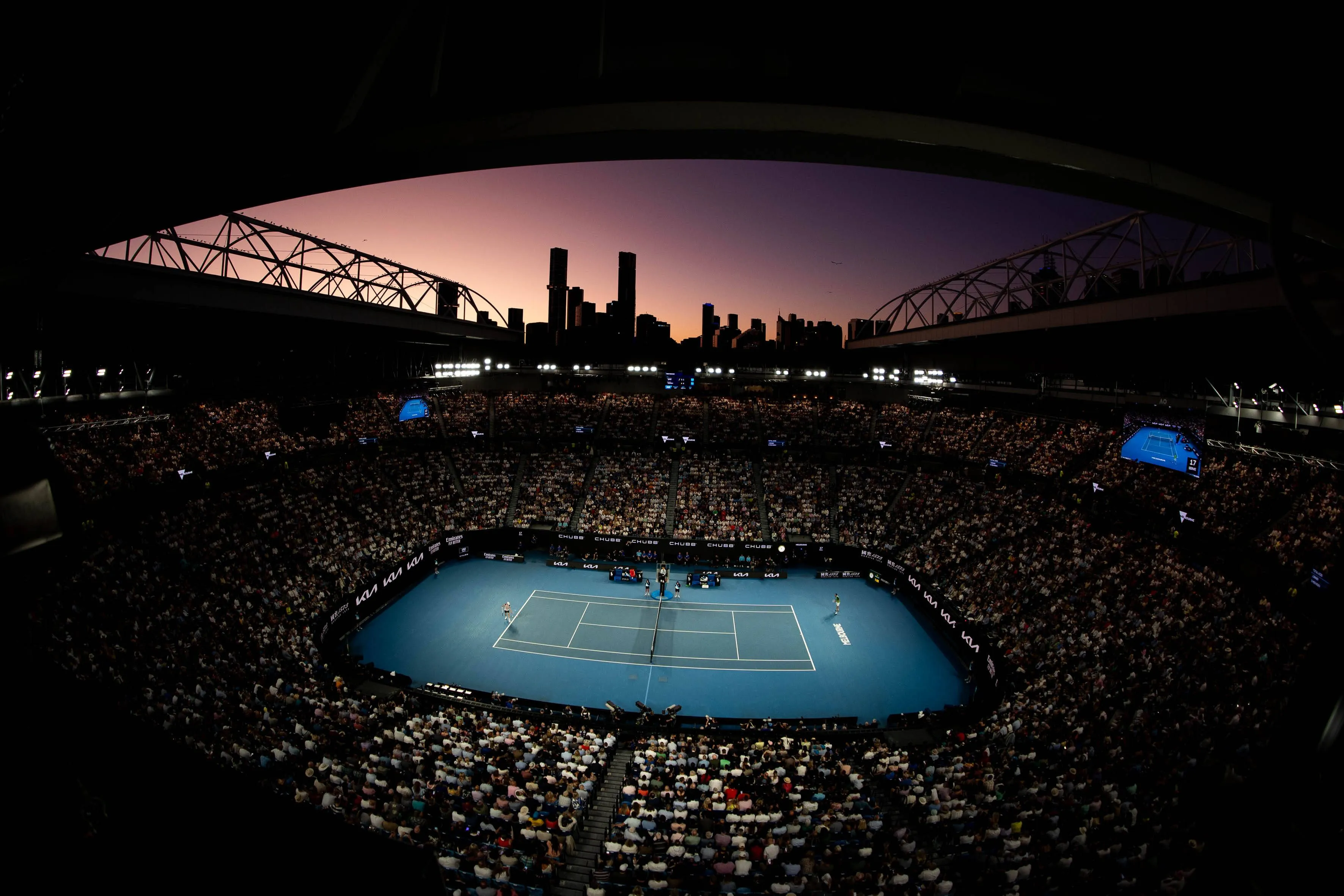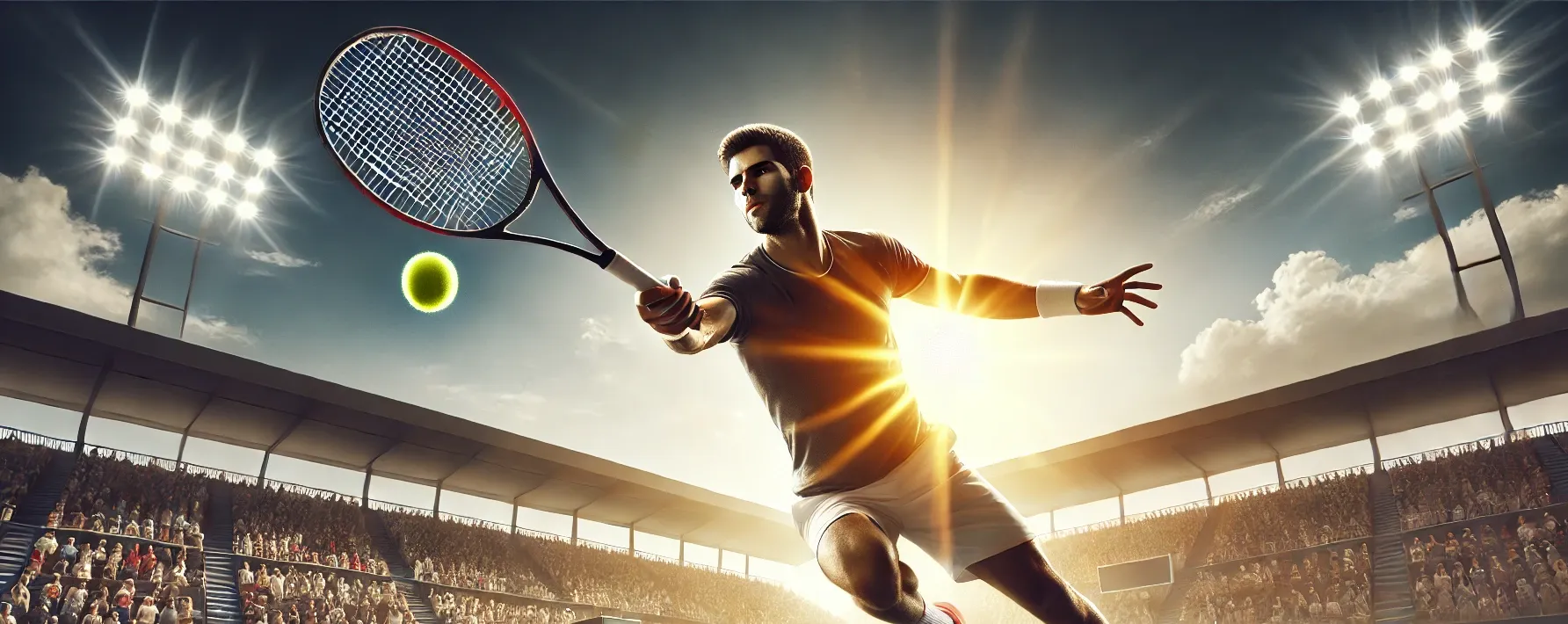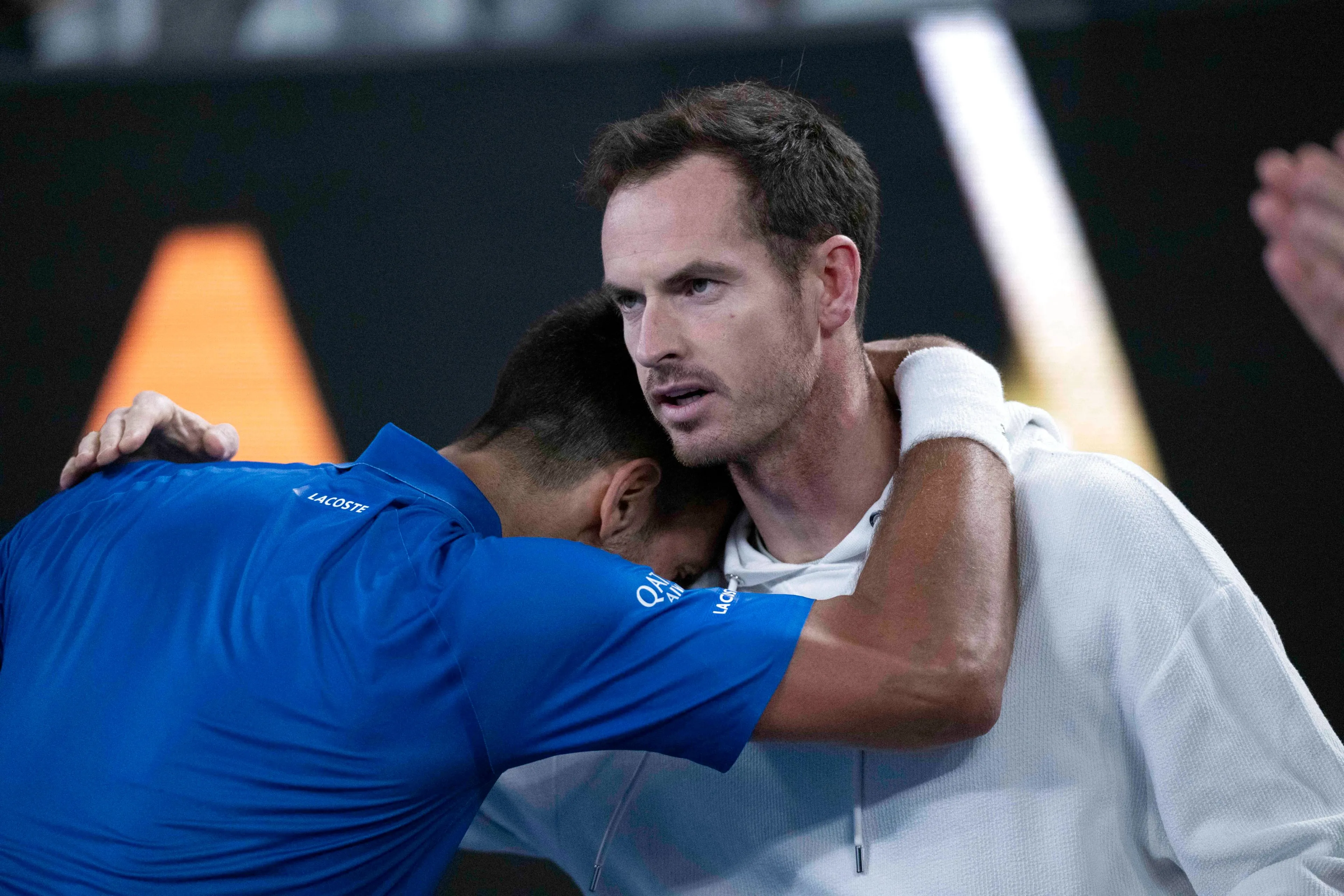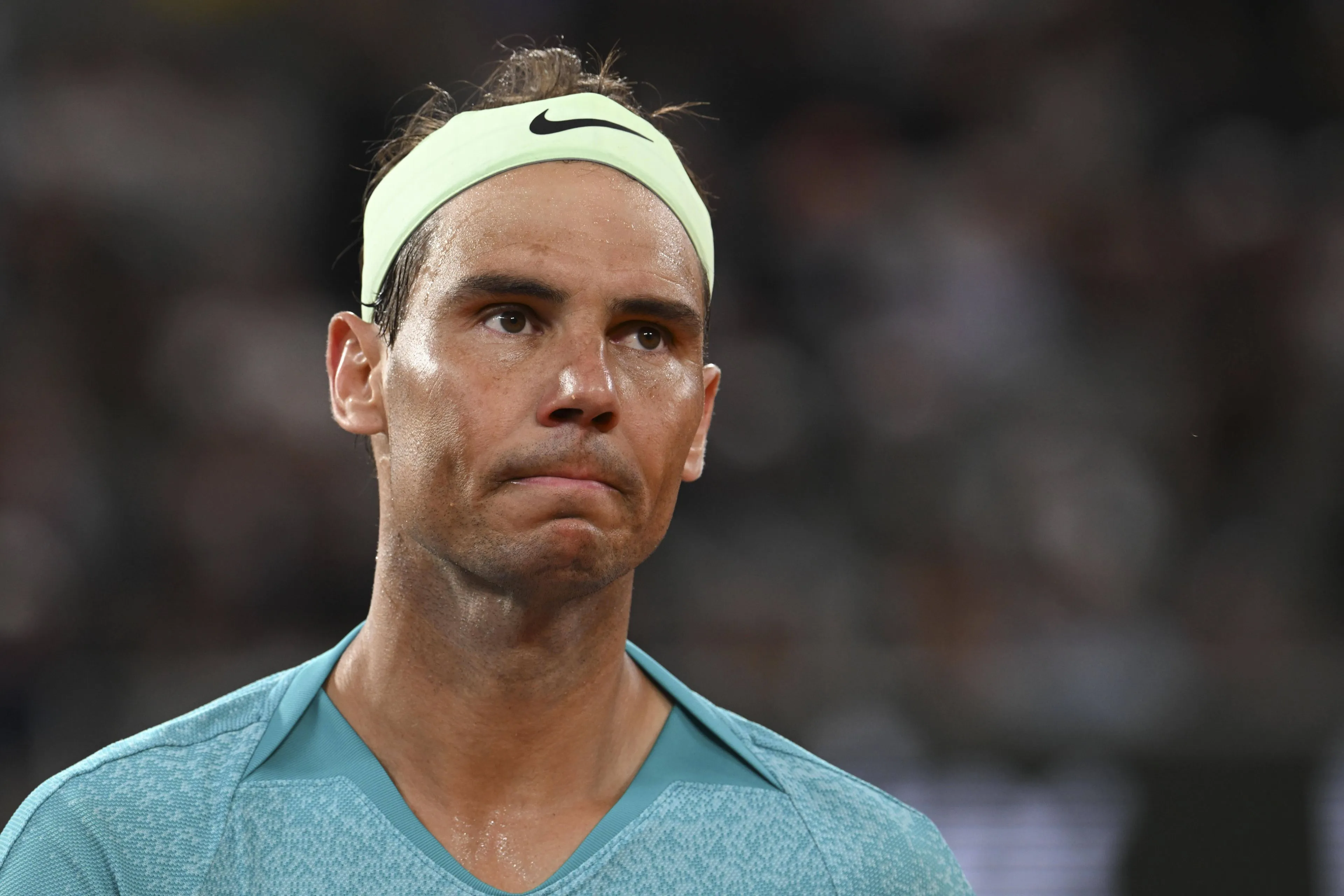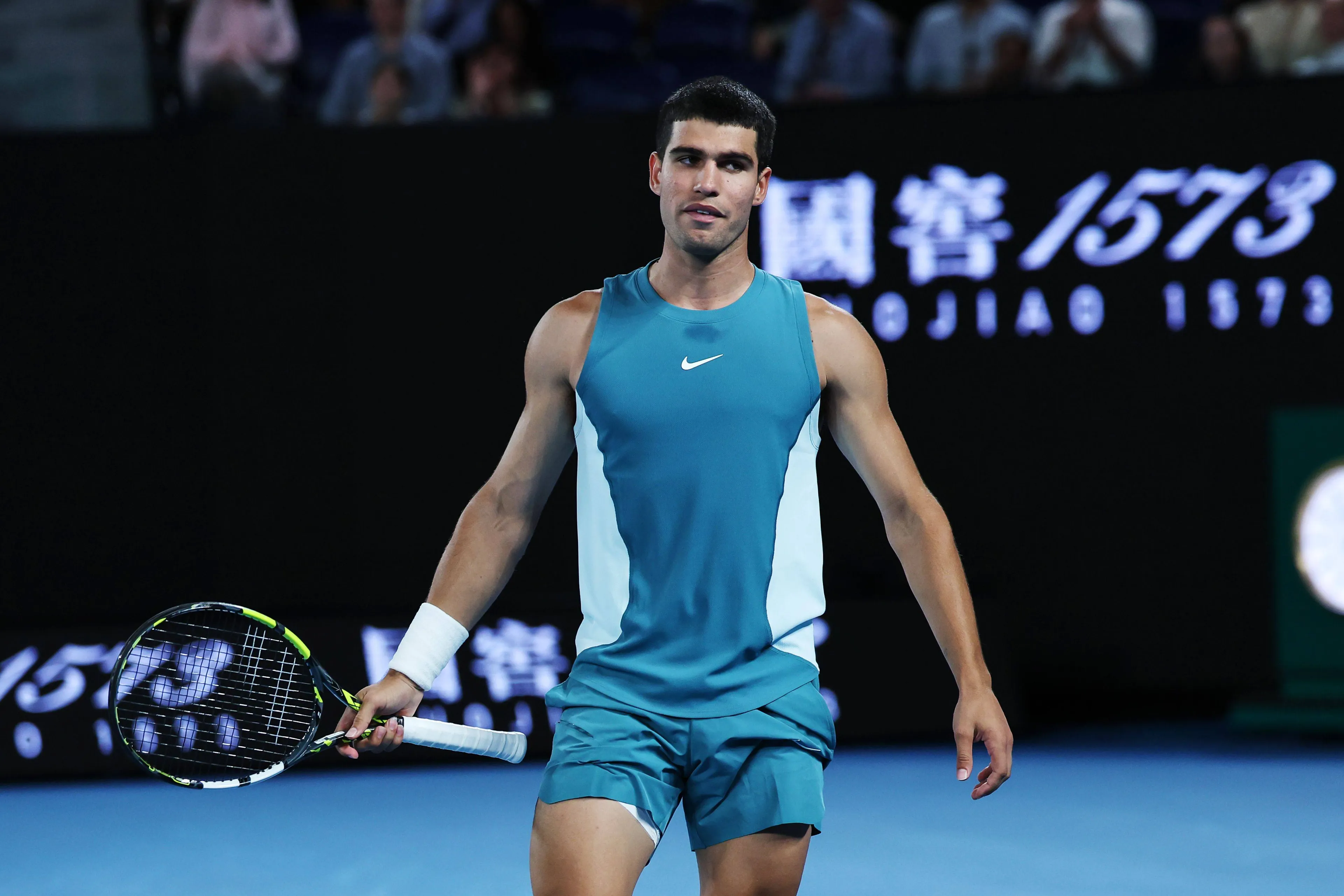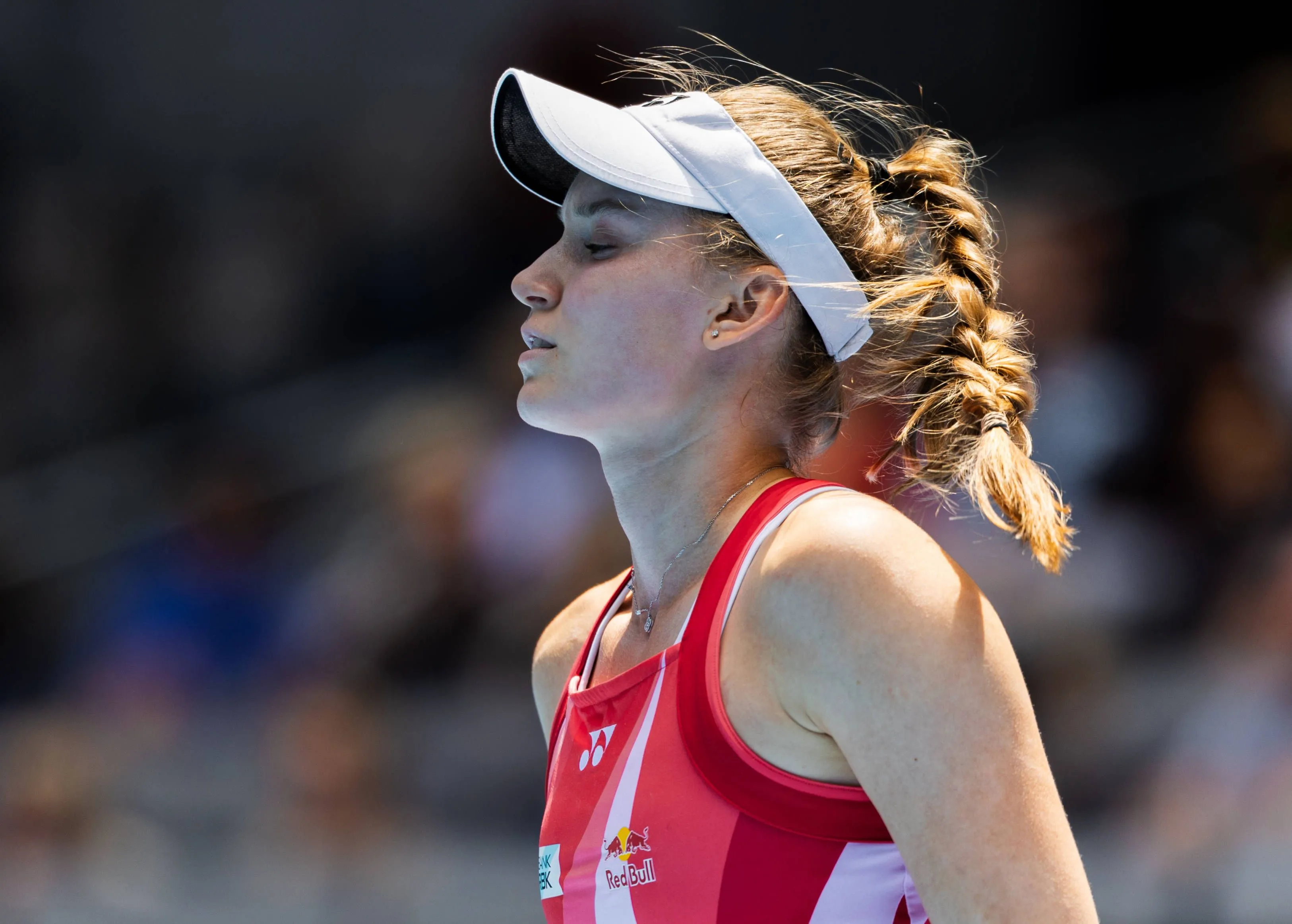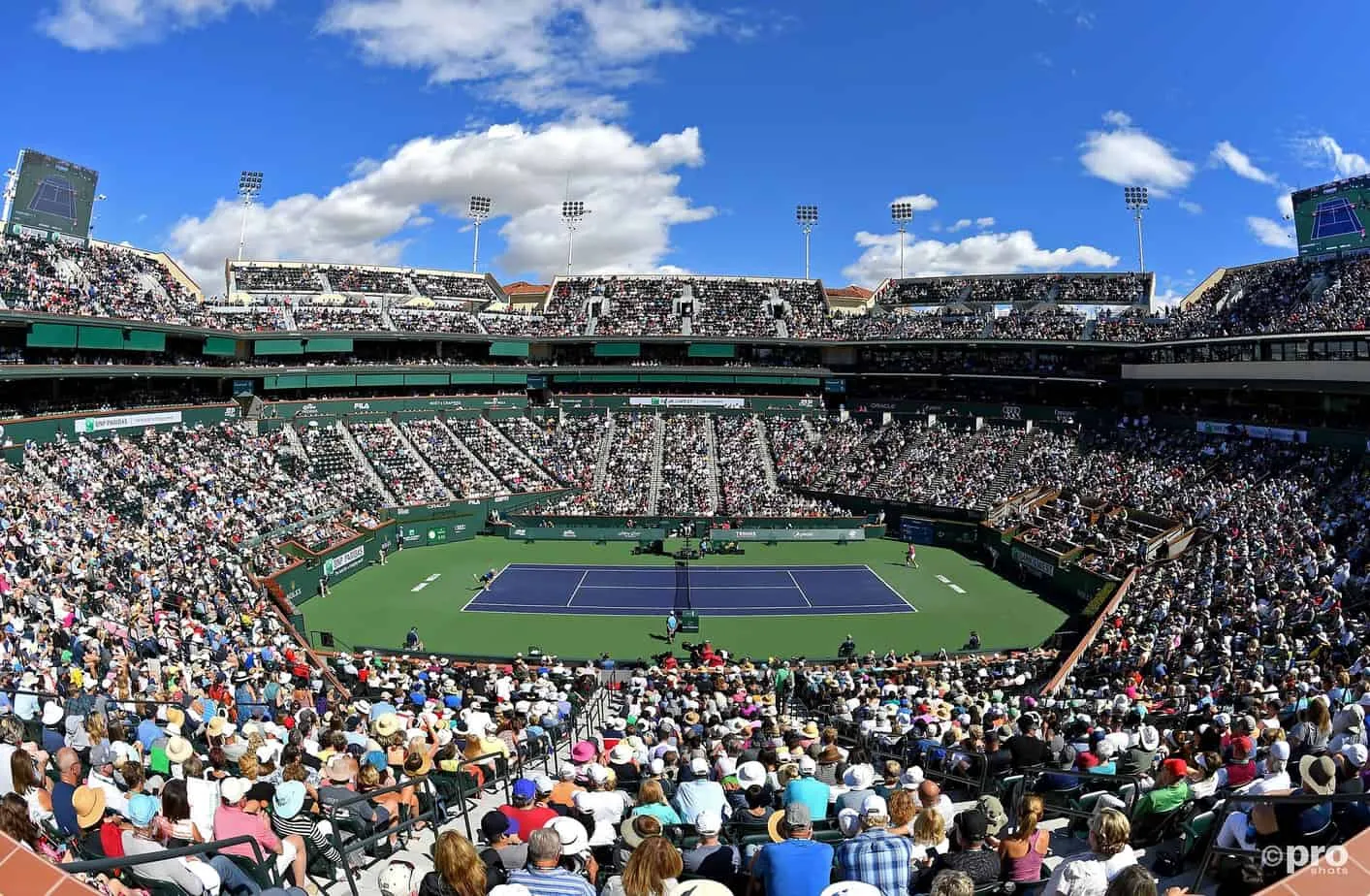
Tennis is one of the most popular sports in the world, with millions of fans tuning in to watch the top players battle it out on the court. But what separates the winners from the losers in a tennis match? Is it skill, strategy, or simply luck? The answer is a combination of all three, and understanding the key factors that contribute to a tennis match outcome can mean the difference between advantage and victory. In this article, we'll explore the various elements that come into play during a tennis match, from physical fitness and mental toughness to court surface types. Whether you're a casual fan or a serious player, gaining a deeper understanding of these factors will help you appreciate the sport even more and maybe even improve your own game. So, let's dive in and discover the secrets behind tennis match outcomes!
4 Main factors influencing tennis match outcomes
Tennis is an unpredictable game characterized by multiple variables that all can have an effect on its outcome. While skill level may be the main determinant, other elements can sway its outcome; court surface, weather conditions, and mental and physical state all come into play as potential influences. Mastering tennis requires adeptly adapting to these various factors while taking advantage of any weaknesses displayed by your opponents.
Fun fact: these same factors that influence match outcomes also influence betting. Thus, bettors consider each and every factor to make informed decisions and bet on tennis matches at Lottoland Sports or any other reliable sportsbook.
1. Physical fitness is crucial
Maintaining optimal physical fitness stands as a pivotal determinant in shaping the outcomes of tennis matches. Achieving peak physical condition is imperative for tennis players aiming to perform at an elevated level. The essence of endurance cannot be overstated, given the prolonged duration of tennis matches that demand substantial stamina. The ability to swiftly navigate the court through running, jumping, and agile movements is also indispensable.
Apart from endurance, tennis players must possess exceptional footwork and hand-eye coordination. Precise footwork is vital for agile court coverage, ensuring swift and efficient movement. Hand-eye coordination assumes utmost significance as it enables accurate ball striking. Furthermore, adequate upper-body strength plays a crucial role, as the arms and shoulders are instrumental in generating shot power on the tennis court.
2. Technical skills
Beyond physical fitness, the mastery of technical skills plays a pivotal role in attaining triumph on the tennis court. These skills encompass a wide range of abilities, including serving, volleying, and executing various types of shots, such as forehands, backhands, and drop shots.
Serving stands out as one of the most crucial technical skills in tennis. A well-executed serve can grant a player a distinct advantage, while a feeble serve may place them at a disadvantage. The ability to serve accurately and with power can truly determine the outcome of a match, making it a differentiating factor between victory and defeat.
Moreover, other technical skills hold significant importance in tennis, such as footwork, shot selection, and court positioning. Agile footwork serves as a foundation for swift and efficient court movement, enabling players to reach optimal positions. The art of shot selection plays a critical role in determining the appropriate shot to execute at any given moment. Court positioning is equally vital, allowing players to anticipate their opponent's shots and position themselves strategically to deliver effective returns. By honing these technical skills, players enhance their ability to capitalize on opportunities and unleash their full potential on the tennis court.
3. Strategies and mental game
Tennis encompasses not only physicality but also a profound mental dimension. The state of a player's mind profoundly influences their performance on the court. The ability to maintain focus and composure, even in challenging circumstances, is paramount.
Strategic acumen forms a vital component of the mental game in tennis. Players must adeptly analyze their opponent's style of play and adapt their own strategies accordingly. This may involve altering the pace of the game, employing diverse shot types, or adjusting court positioning to gain an edge.
Furthermore, mental fortitude assumes a pivotal role in the mental aspect of tennis. Matches can be enduring and demanding, necessitating unwavering focus and sustained motivation throughout. Mental toughness entails effectively managing pressure and overcoming adversity, be it when trailing in a match or confronting crucial points.
In the realm of tennis, honing mental skills is as critical as physical prowess, as it empowers players to navigate the intricacies of the game and optimize their performance on the court.
4. The court surface plays a role as well
The nature of the court surface holds significant sway over the ultimate outcome of a tennis match. Clay, grass, and hard court are three primary types of court surfaces.
Clay courts, renowned for their relatively slower pace and increased bounce, often favor defensive players. Grass courts, on the other hand, exhibit swifter characteristics and offer reduced bounce, thereby favoring aggressive players. Finally, hard courts strike a balance between the two, featuring a moderate speed and bounce.
To attain success, players must skillfully adapt their game to suit the specific court surface. For instance, on a clay court, players may find it advantageous to employ topspin shots, enabling them to clear the net effectively. Conversely, on a grass court, hitting flatter shots that keep the ball low may prove more fruitful.
By comprehending and adjusting to the nuances presented by different court surfaces, tennis players enhance their ability to exploit the conditions and gain a competitive edge, thereby augmenting their chances of victory.
Popular tennis matches that illustrate the main factors in tennis match outcomes.
As tennis history unfolds, legendary matches serve as reminders of what factors shape outcomes in this game. One remarkable instance took place during the 1980 Wimbledon final, pitting Bjorn Borg against John McEnroe. This legendary clash witnessed a titanic struggle between two tennis luminaries, underscoring the profound significance of mental fortitude and strategic understanding within the world of tennis.
Another outstanding example occurred at the 2008 Wimbledon final with Rafael Nadal and Roger Federer's epic showdown. This iconic display highlights physical fitness, technical proficiency, mental ability, and psychological insight in tennis. This clash will live long in sporting memory!
These extraordinary matches serve as a testament to the rich fabric of tennis history, showcasing how various elements interact to determine its course. Ranging from mental toughness and strategy to physical fitness, technical abilities, and intricate mental game nuances, these monumental encounters serve as lasting reminders of all that the sport encompasses and of those exceptional athletes who have left their imprint upon its longstanding legacy.
Conclusion
Tennis presents a multifaceted and demanding challenge, necessitating a blend of physical fitness, technical proficiency, and unwavering mental resilience. Grasping the fundamental elements that underpin triumph in a tennis match empowers players to enhance their performance and elevate their prospects of success. Whether one stands as a seasoned practitioner or an ardent enthusiast, gaining insight into these factors imparts a newfound admiration for the intricate tapestry of tennis and the prowess required to transform opportunity into triumph.
Just In
Popular News
Latest Comments
- With Paula Badosa added to the mix, the WTA just keeps getting better and better! 🎾🌟MrAndreeva21-01-2025
- Winner of Madison Keys v Elina Svitolina might make it to the final imo.MrAndreeva20-01-2025
- These organizations need to get their collective shit together. Screwing with lives and careers is not their purpose!!
 mandoist20-01-2025
mandoist20-01-2025 - And THAT is how champions win!Rapunzel20-01-2025
- Iga is right. She has to be fit, because it is just like playing against someone on the ATP tour.crissy19-01-2025
- Why the discount?? According to ATP Rulebook 2025 he easily committed $180k or more worth of offenses.
 mandoist18-01-2025
mandoist18-01-2025 - Are there not already enough media rags covering these trysts in tennis?
 mandoist16-01-2025
mandoist16-01-2025 - Gauff is somewhat delusional.
 mandoist16-01-2025
mandoist16-01-2025 - I, and many, remain concerned about Rybakina's well being. She does not look, nor act, well.
 mandoist16-01-2025
mandoist16-01-2025 - That was a hideous display. Condescending Collins is no friend to tennis. She said she was retiring and should follow through. Sooner the better for the sport. BTW: As I read it in the WTA Rulebook 2025, it seems she broke at least two regulations in her post-match childish behavior. BTW: There are reasons she has no sponsors... and she displayed several of those reasons today.
 mandoist16-01-2025
mandoist16-01-2025
